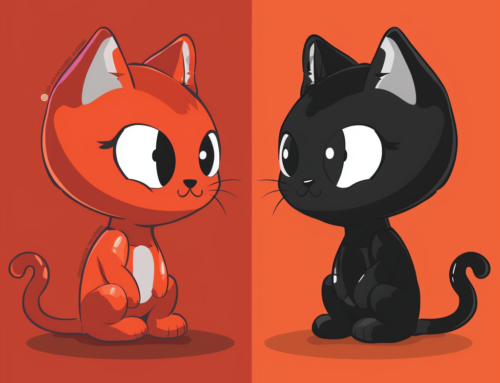As some of you know I teach a beginner to advanced SEO Workshop. One of the most asked for items in my talk is the SEO Checklist I have developed just for the Workshop. Obviously there is a lot more covered during the workshop, but when we get to the list I go through it in detail and explain everything on it that everyone should be checking off when optimizing their website, but most importantly is the social media elements everyone should be adding to their website, and focusing on with external SEO efforts.
Adding Social Media to your Website
Yes, that’s right – a little social media in a website never hurt anybody. Not to mention, it can extremely beneficial. The 2 largest search engines (Bing and Google) have spent the past many years dukeing it out over bringing the most relevant results to users. Bing has managed to focus on an easy to use and understand interface, while Google continues to focus on it’s algorithms to bring results. But something very important changed in 2011. With the popularity of Facebook continuing to grow, Microsoft (Bing) has developed a partnership with the dominating social media company. In fact, Microsoft holds a hefty stock in Facebook. Because of this the data from Facebook users sharing and ‘Like’ing links of websites is being used as “votes” when determining which site should rank more than another. Unfortunately this information isn’t available to Google. So with Bing’s results closely creeping up on Google, the company is faced with having to come up with an alternative way that is more social than their standard linking algorithms they have been using. Enter Google+ – the power search engine’s solution to the social network problem.
Now that we’ve strayed into social media land, let’s bring you back to SEO, and the checklist (see how easy it is to mesh the two?).
Google +
Google has setup their “Google+” social media platform, and added the “+1” buttons to search results, as well as the ability to add the “+1” button to websites other than Google. http://www.google.com/+1/button/
How the + button works
As Google states: “+1 gets conversations going. Click the +1 button to give something your public stamp of approval. Then, if you want to share right away, add a comment and send it to the right circles on Google+.
The next time your friends and contacts search on Google, they could see your +1. You’ll help them find the best stuff on the web – and you might just start up another conversation!”
What this means for SEO?
Google collects the number of times the +1 is clicked by users, and analyzes what other items are +1’d by those users to determine where content should rank.
Recommendation:
Add the +1 button to not only your website. Adding the button to all of the pages would work, but being selective of the pages it is added to helps control what is +1’d by users and helps to prioritize which pages you would like to see in the SERP.
For more information on how to add the +1 button – http://www.google.com/webmasters/+1/button/
Facebook Sharing
Facebook ‘Like’s and link sharing are just as important to Bing as the +1 button is to Google. With Bing having the ability to determine what links are posted to Facebook, and how many people ‘Like’ those links, the importance for SEO is even greater.
How the ‘Like’ button works
if you head to Bing Social you can see that the search engine actually picks up social sharing from Facebook, Twitter, and similar social networking websites.
What this means for SEO?
Bing collects the number of times someone shares a link, ‘Like’s a link, tweets (or retweets) it, etc. to determine where content should rank.
Recommendation:
Add the Facebook ‘Like’ button, the Twitter Tweet button, Linkedin Button, etc. to pages in your website.
For more information about adding the Facebook Like Button – http://developers.facebook.com/docs/reference/plugins/like/
Open Graph Protocol
The Open Graph Protocol was originally adopted by Facebook first and more and more of the social media websites are beginning to honor the meta data. OGP is usually recommended for social media marketing reasons, but can be very beneficial for SEO as well (this is another place the two come together). If the OGP meta title and descriptors have the focused key terms in them, when a user shares the content then OGP ensures that keywords are in any content associated with the share.
Meta Tags
I am sure you have already added standard meta tags to the pages of your website. Adding the OGP tags should be just as easy and effective.
When a user shares a page in Facebook the Title and Description are generally pulled from the standard meta tags, but the user has the ability to choose which image. If they do not know to scroll through the images to find the most relevant to share, then the default image (set by Facebook) is displayed.
Social Sharing and Searches are two different behaviors. When a person searches for specific content, they skim the page for the most relevant title and description in accordance to what they search. The TurboTax website does a great job of presenting to the searches with the meta Title and Descriptions currently in place.
A social share is different. Getting users to share the content is the first step in the process; the second step is getting their connections to click through.
With the Open Graph Protocol tags you can refine what content is being shared and can effectively message to that audience that sees it. In addition, by working the main key terms relevant to the page shared, then any content shared picked up by search engines will present those terms for rankings (just as you would add key terms in your anchor text in an incoming link).
By adding these simple social media elements to your SEO and following the SEO Checklist, you will start to see rankings go up and more qualified traffic coming to your website.









